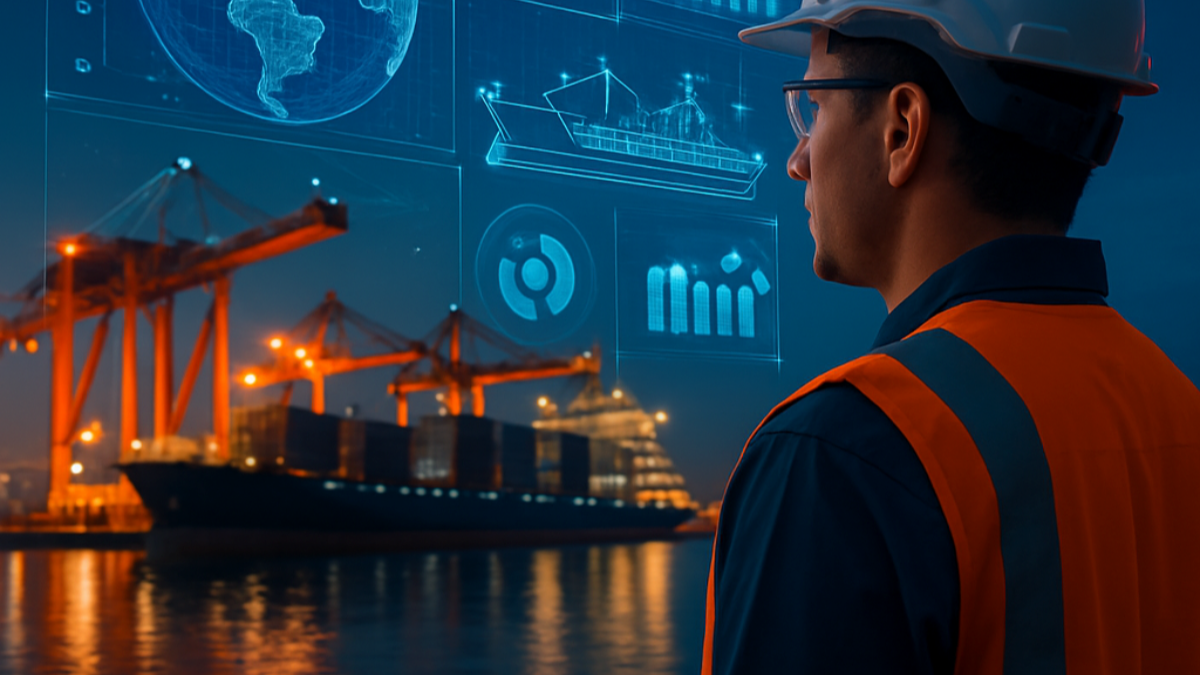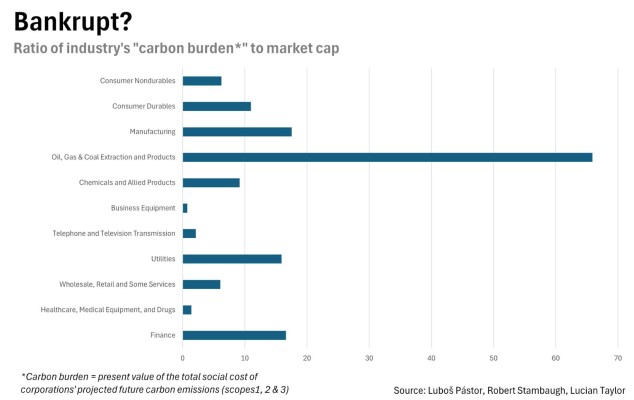

Tech, Digitalization Reshape Traditional Maritime Jobs (Marine-Link)
Shipping Industry Joins with China Calling for U.S. to Reconsider Port Fees (Maritime-Executive)
Additive Manufacturing Can Mitigate High Tariffs (Supply Chain Brain)
Net-Zero Banking Alliance renews mandate with increased focus on unlocking opportunities for financing real economy decarbonization (Unepfi)
Global Supply Chain Disruptions in 2025: Causes, Effects, and Resilience Strategies (Global Banking and Finance)
Fact Sheet: President Donald J. Trump Restores America’s Maritime Dominance (White House)
Scaling green methanol up with minimal cost (Ports Strategy)
Global supply chain stability remains critical (China.org)
The Circular Economy is A Competitive Advantage – Tech Brands Are Leading the Shift (Green Queen)
Decarbonization improves energy security for most countries, study finds (Sustainability Stanford)
MSC Makes History as First Container Line to Hit 900-Ship Fleet (G-Captain)
The pursuit of ‘lean’ operations has left companies mercilessly exposed to the tariffs chaos—and facing an existential threat (Yahoo Finance)
Will global climate action be a casualty of Trump’s tariffs? (The Guardian)
Russian Oil Shipments Shift To Western Tankers As Prices Slump (G-Captain)
Japan Leads the Way in Maritime Sustainability with Groundbreaking Biofuel Powered Coastal Vessel from Used Cooking Oil (Travel and Tour World)
Net-Zero by 2050: The IMO’s Victory—and the Case for Less Fuel, Not More (Cleantechnica)
Every container counts. Every decision counts. But in today’s rapidly evolving world, every human counts even more.
We’re witnessing an unprecedented wave of digital transformation across industries. Artificial intelligence, automation, and big data are reshaping how businesses operate. In the maritime sector and port operations, these tools are no longer optional—they’re essential.
Take port call optimization systems. They help reduce idle time, lower emissions, and ensure vessels move efficiently. Predictive maintenance powered by AI anticipates equipment failures before they happen. Digital twins model entire port ecosystems, allowing us to plan, simulate, and optimize.
These technologies enhance performance and empower faster decision-making. But they aren’t making the decisions for us. They are augmenting human judgment.
And in times of crisis or uncertainty, that human element becomes irreplaceable.
Consider the Panama Canal drought. Predictive models forecasted lower water levels, but it took human judgment to decide which vessels would get priority. Balancing economic pressures, trade routes, and international relations is far beyond what algorithms can do.
Or reflect on the Suez Canal blockage in 2021. A ship stuck sideways halted global trade. While technology helped monitor supply chain disruptions, human teams led the salvage operations, rerouted cargo, and managed negotiations that rippled across economies.
These events reveal the limitations of automation. Technology offers data, insights, and even recommendations—but humans must steer the ship through ambiguity.
The Baltimore bridge collapse offers another angle. While human error might not have prevented the incident, the aftermath required coordinated human leadership. Digital systems flagged risks and enabled response strategies, but recovery efforts, policy debates, and redesigning future safeguards fell squarely on human shoulders.
It highlights the need for redundancy and resilience—a principle that applies not only to infrastructure but also to decision-making. We must avoid relying solely on either humans or machines. Instead, we need both.
The future of maritime operations, ports, and global supply chains doesn’t lie in automation alone—it lies in augmentation.
This combination forms a stronger, more adaptive workforce. We’re not talking about humans versus machines—we’re talking about humans with machines.
As digital natives enter the maritime, logistics, and sustainability sectors, they face a pivotal challenge: Learn the technology. Master the tools. But never outsource your judgment.
Digital innovation transforms our world. But strategic decisions—especially in moments of disruption—will always rest in human hands.
The leaders of tomorrow are those who can blend digital tools with human insight.
Are you ready to navigate this augmented future?
Stay tuned for new ways we’re shaping this future together.

I’ve spent the past 18+ years helping ports, supply chains, and global businesses turn sustainability goals into real, measurable results.
From leading billion-dollar infrastructure projects to building my own consulting firm, I’ve seen how the right strategy can turn pressure into opportunity.
My mission today is simple: help leaders like you build sustainable, future-ready businesses that don’t just check boxes—but actually make an impact. One decision, one project, one team at a time.
Let’s build what’s next—together.
Have a project or idea in mind?
I’d love to hear what you’re working on.
Book a quick call here